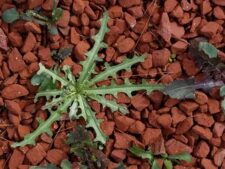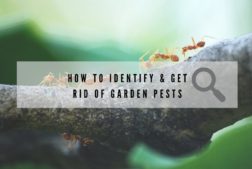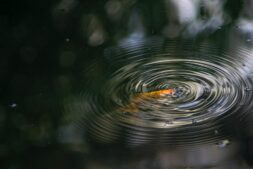Have you noticed peculiar bugs hanging around your house or garden plants? Have they become a bit of an annoyance and you’re unsure of what to do? Your plants may have become infected with aphids, commonly known as blackflies or greenflies. Fortunately, we have all the information you need to know about aphids, and how to get rid of them. In this article, you will learn how to get rid of greenfly and blackfly on your plants and know what to do, should they ever make a return.
- What are greenflies?
- What are blackflies?
- The Lifecycle of Aphids
- What do Aphids Affect?
- When Should You Act to Get Rid of Aphids
- Signs of aphids
- Wildlife that will control greenfly and blackfly
- How to Control Greenfly and Blackfly without Chemicals
- How to get rid of greenflies and blackflies naturally
- Ways to get rid of Blackfly
- Find ways to get rid of greenfly and blackfly now
- FAQs
- Sources
What are greenflies?
In general, an aphid is a form of sap-sucking insect, traditionally very small, that feasts on a wide range of plants that can lead to the plants becoming stunted, twisted, curled, or even discoloured. Aphids can come in the form of greenflies or blackflies. Their size can range from 1-6mm (1/4 inches) long, and colours include yellow, white, brown, pink, or multi-coloured.
Greenfly can be found on all kinds of plants but will thrive most when outside or undercover. They suck on a plant’s sap with a fine pair of tubular mouthparts which are inserted into the plant’s cells. They can easily be distributed from plant to plant by being spread about by a breeze.
If you see a tear-dropped-shaped, tiny figure with six legs and possible wings, it is most likely a greenfly or blackfly that has arrived on your treasured plant. Whilst in small numbers, greenflies will not do too much damage to plants, in large quantities, they can. They often excrete honeydew, which can be a sign of infection on your plants if you are unsure if greenflies have been around. Honeydew is a sticky substance which can be populated by a sooty mould fungus which, although it does not damage plants, is unsightly.
What are blackflies?
You can find many varieties of blackflies, or black bean aphids, not dissimilar from greenflies. Cherry trees can be a common victim of cherry blackfly as well. Like the greenfly, blackflies suck the saps of plants, and can range up to a bigger size of 7mm. In the UK, there are known to be over 500 species of aphids, and some may be restricted to feast on one or two plant species, but most can be found on many other plant hosts. Almost all plants can be a host to an aphid, such as ornamentals, fruits and vegetables, greenhouse plants, and houseplants.
The Lifecycle of Aphids
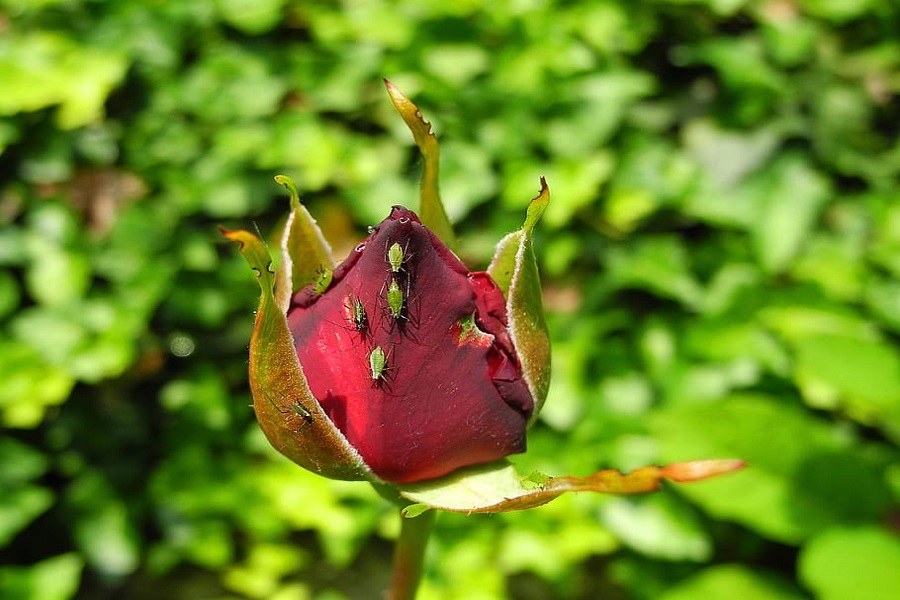
Most greenflies and blackflies will sprout from eggs laid on the host plants during the winter. They will lay their eggs in sheltered areas either outside or under glass. Adult female aphids can give birth to their young in the spring or summer, and they do not even have to mate! Numbers can build fast due to them being all female. Greenflies will develop wings quickly when they want to distribute themselves between different plants.
Rose aphids can spend their lifecycle on one plant, whereas willow-carrot aphids might have two hosts, jumping between them in winter, spring, and summer. Greenflies may not always hang around, so if you have inspected your plant to see it has already been damaged, but there are no signs of aphids, it may still have to be destroyed.
What do Aphids Affect?
Aphids (blackfly and greenfly) can affect any of the following:
- Trees e.g., fruit trees
- Shrubs
- Herbaceous perennials
- Annuals
- Vegetables
- Houseplants
If you are growing any of these plants in your house, garden, greenhouse, or allotment, and find possible signs of aphids on them, then it is time to act. Here is how to get rid of greenfly and blackfly.
When Should You Act to Get Rid of Aphids
You should act to stop the infestation of aphids from spreading on your plants from between March and November, since this is the most likely time that they will appear, especially on soft, young plants.
However, just because you have seen greenfly and blackfly on plants, doesn’t necessarily mean they need to be exterminated. They are, in fact, part of a garden’s ecosystem, and provide good food and nutrients for birds, such as house sparrows.
As stated, large groups of aphids can weaken and even kill a plant, to the extent that viruses can be spread from plant to plant, because of them. signs of a virus being present are the plants becoming mottled, streaked, or even having disarranged foliage. If your plant displays any of these symptoms, it will have to be destroyed. The honeydew they produce will also stop photosynthesis and will prevent the plant from any further growth.
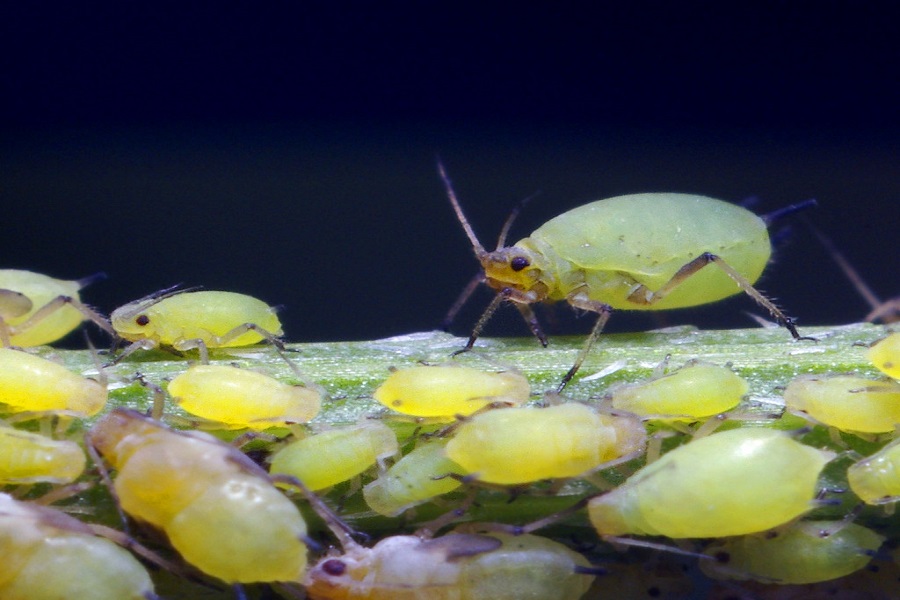
Signs of aphids
When you are on the lookout on how to get rid of greenfly and blackfly, you need to be aware of the signs that they have been nearby. You may not immediately notice a large batch of greenfly or blackfly on plants since birds can easily pick them off and eat them. But, if you are growing a large bundle of plants together, such as in a vegetable patch, or indoors with no natural predators nearby, you are more likely to see a larger population of aphids. You will need to act quickly here, and even squashing them by hand can be a quick and easy solution.
Greenfly and blackfly are hard to spot, though, due to their minute size, and can even nest under leaf joints or more hidden areas of your plant. In fact, you are more likely to notice signs of their sticky honeydew first. Another sign of aphids being around is if ants have appeared alongside the plant stems, since they feed on the honeydew and help to ‘farm’ aphids.
Wildlife that will control greenfly and blackfly
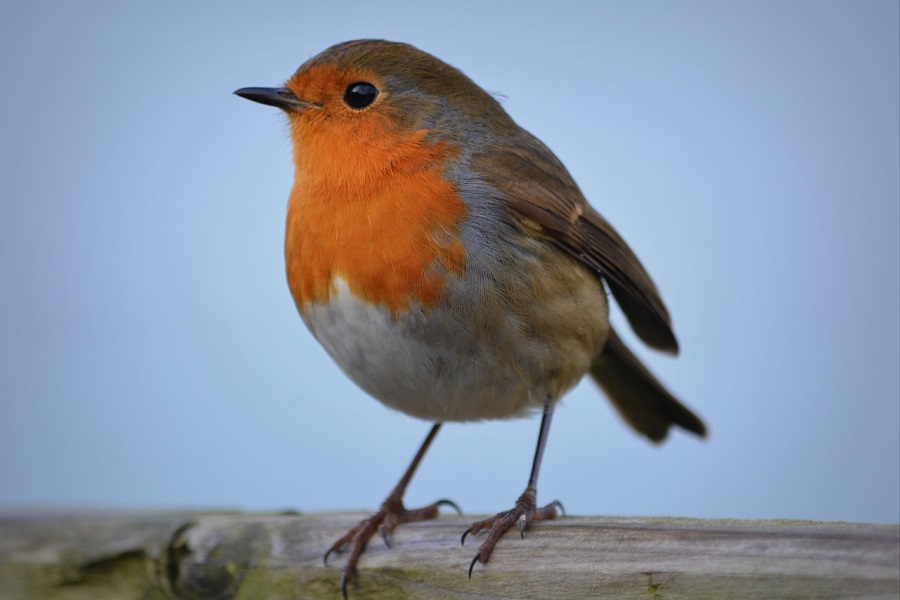
When learning how to get rid of greenfly and blackfly, you may find that nature will take its course. As mentioned, wildlife can help you to control the infestation of aphids on your plants. Such creatures that will feed on greenflies and blackflies include:
- Birds
- Ladybirds
- Hoverflies
- Lacewings
- Earwigs
- Wasps
Ladybirds, hoverflies, and lacewings will help you even further by laying eggs on the plants that have been infested with aphids, so that when the eggs hatch, the young will quickly eat the aphids. Ladybirds have been known to consume hundreds of aphids across its lifetime.
Wasps, however, might have seemed like an unlikely candidate, and although you may be wishing to get rid of wasps quickly since they are such a menace, they can be a menace for aphids as well. As the aphid population grows in numbers during the spring, so will predators such as wasps, and as the months go on, the more aphids there are, the more wasps there will be to take care of them. Wasps may not be your first port of call when learning how to get rid of greenfly and blackfly, but they will come in handy if no birds are nearby.
How to Control Greenfly and Blackfly without Chemicals
If you are concerned about using chemical solutions for resolving your greenfly and blackfly problem, then don’t worry, because there are plenty of alternatives.
For starters, predators may have noticed the presence of aphids and dealt with them before you can. But if you have houseplants, these predators may not be around to help, so be prepared to do the following actions on how to get rid of greenfly or blackfly without using chemicals:
- Wash off the aphids using a hose.
- Hand squash small groups of aphids.
- Buy predators that can deal with aphids if grown in your house or greenhouse.
How to get rid of greenflies and blackflies naturally
Because there are many varieties of aphids, not just greenflies and blackflies, these can attach themselves to all sorts of plants. Pungent-smelling plants, including sage, onions, garlic, and nasturtium, are most likely to deter aphids if planted close to more susceptible plants.
Alternatively, you should try growing your plants in a habitat where you can encourage birds and different varieties of predators to visit your garden. This may make your garden less tidy in winter, since most predators, including ladybirds, are more likely to hibernate. Birds will be a better form of wildlife to attract to your garden throughout most seasons of the year, and they can deal with blackflies and greenflies quickly and swiftly.
Also, because aphids will target soft-grown plants, you should be careful when using a fertilizer rich in nitrogen, so limit using this fertilizer if possible. In fact, nitrogen is one of the many ingredients that further develop leaf growth and help your plants to become tougher.
We recommend that you perform a comprehensive cleaning method of your garden environments (greenhouses, conservatories, etc.) either annually or biannually. Taking out your plants and other debris to clean and wash will help to revitalize the plants and pots and will prevent pests from hiding away. Make sure to use chemical-free products when cleaning your gardening environments.
Ways to get rid of Blackfly
There are many ways in how to get rid of greenfly and blackfly, some methods more natural or chemical-free than others. We have collected the best methods for getting rid of black aphids that will bring the best results and keep your plants in prime condition. Choose any of the below methods for further help on how to get rid of greenfly and blackfly:
1. Use water to get rid of blackflies
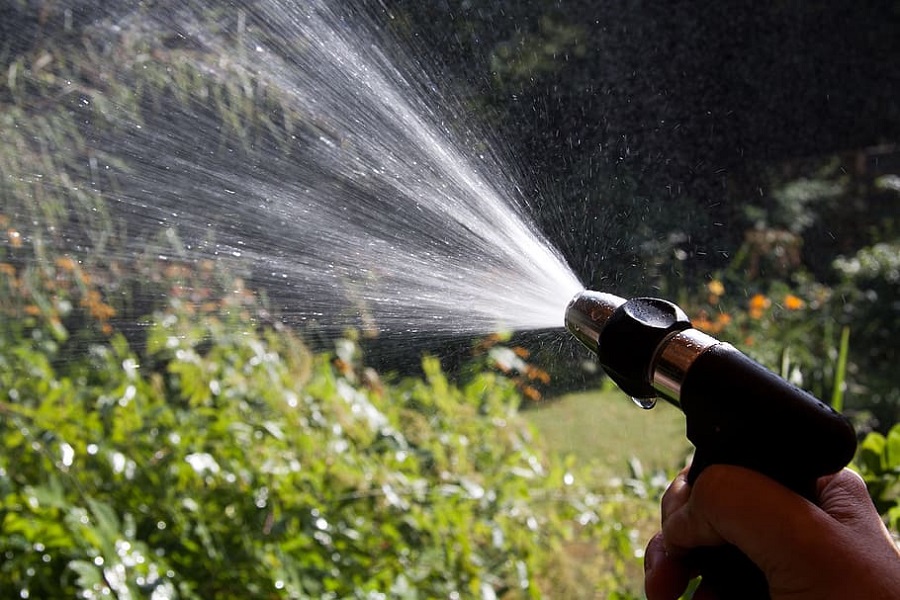
Using water is perhaps the easiest, but most time-consuming method on this list. All you have to do is jet wash them off the stems and leaves of your plants. You will have to regularly rinse your plants for a couple of days to target most of your aphid infestation. Make sure that when you spray the aphids that it is hard enough to wash them off, but also be wary of this method on delicate plants. Even if this method does not entirely work, it can lead to spreading them across to other plants and aiding their infection. We are bound to have the right water features to suit all your garden needs.
Why not mix some dish liquid and a drop of cayenne pepper per litre in your water solution? This will put the greenflies and blackflies off the idea of making a comeback.
Store your garden essentials in our handy storage boxes.
2. Add Essential Oils for Blackfly Infestations
Another way on how to get rid of greenfly and blackfly is by using everyday essential oils[i]. These oils include thyme, rosemary, clove oils, and peppermint. These have been known to be most effective when added to a spray bottle mixed with water, in small amounts. These oils will help to eliminate black aphids on plants and their larvae.
When preparing to do this method, ensure that you have covered your infested plant in protection so that the larvae will be unable to congregate in untouched areas during your cleaning process.
3. Effective methods with bird baths and feeders
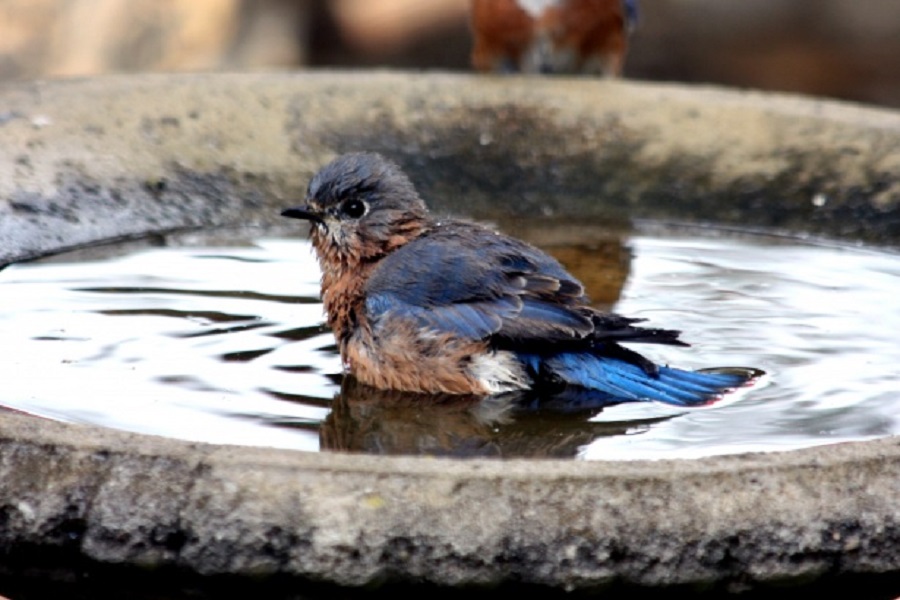
As stated, birds are an effective method for getting rid of blackflies and greenflies, since they love to feast on them, and therefore, you should provoke using birds on how to get rid of greenfly and blackfly.
Aphids provide a good source of food for birds and other creatures, and therefore, this should provoke you to add different forms of features for birds to use in your garden. Find ways of installing bird baths and bird feeders into your garden, and when birds are relaxing and surveying your plants, they will seek out the aphids and eradicate them for you. There are many common types of British garden birds[ii] for you to keep on the lookout for too.
Check out our range of bird care accessories to add to your garden.
4. Fabric covers to protect your plants
You cannot forget about fabric covers when learning how to get rid of greenfly and blackfly/ Help to protect your plants from aphids by adding fabric covers; these will provide an effective deterrent against greenflies and blackflies. This is because aphids need dense conditions to survive, and fabric covers will allow for enough light exposure for plants better than solid ones do. Aphids will not want to stick around if you install fabric covers on your plants.
Another example of covers to protect your plants and covers for outdoor furniture from blackflies and greenflies is with an horticultural fleece. Make sure that your plants are free of pests before you cover them because otherwise, this will provide a protected environment for aphids to feed and breed in. Aphids can easily break through covers so keep this in mind before purchasing horticultural fleeces.
5. Pesticides to get rid of blackflies
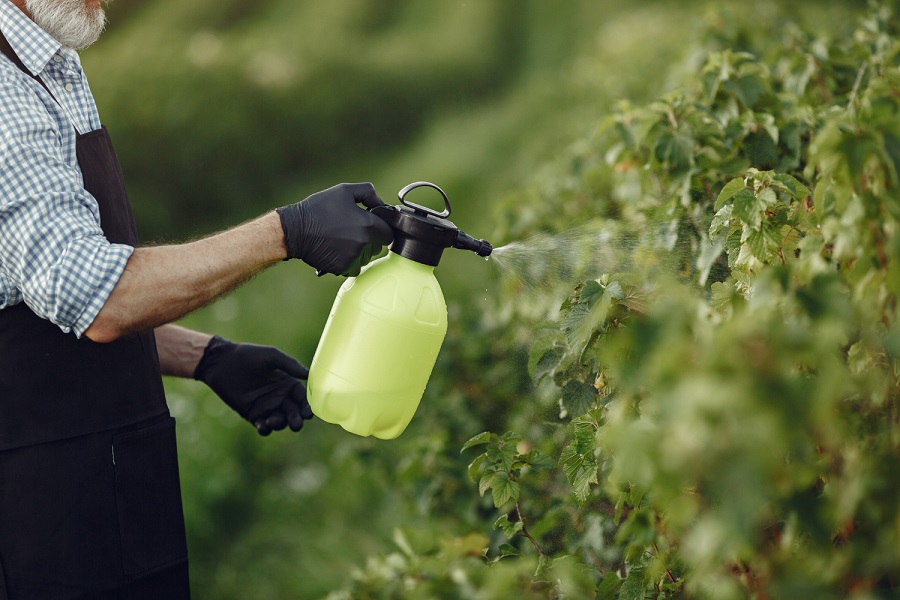
Of course, if these other methods have been less than effective for eliminating your blackfly problem, then pesticides should be a last resort. Yes, this method will be quicker and more substantial for destroying aphids in large batches, but it can also have an effect on your plants too. Make sure that when purchasing your pesticide, it has been formulated to target blackflies and other aphids specifically. Check the instructions so that it is safe to use on garden plants.
Alternatively, you could try using organic (chemical-free) sprays to get rid of aphids. You can spray these directly on the insects and this activity will only need to be repeated for a short time.
Other chemical sprays that have been based on synthetic pyrethroids can have negative effects on plants, especially bees, so try to avoid using these. Follow the instructions laid out on the label of the chemical spray and use it later in the day when insects are not as active.
Learn how to get rid of other garden pests today.
Find ways to get rid of greenfly and blackfly now
In the gardening world, greenfly and blackfly can be a nuisance for a lot of gardeners. The key thing to take into consideration is to not use chemicals as the main deterrent, as there are many other effective ways for getting rid of aphids. Even if your plant has not become fully infected with greenflies, you can still remove that section of the plant and destroy it if possible.
FAQs
What are aphids, greenfly, and blackfly?
Aphids, greenfly, and blackfly are all forms of small, sap-sucking insects which can damage plants, can transmit viruses, and also leaves behind sticky honeydew, which is unsightly on the plant, whilst also attracting other insects. Greenflies and blackflies are all part of the aphids family, and other varieties come in different colours, and attach themselves to different plants.
What are natural ways to get rid of aphids?
You can use water, mixed with dish soap and neem oil, to help wash away aphids. This can lead to spreading them to other plants, though. Introduce ladybirds and lacewings to plants and they will help to get rid of aphid infestations.
Can chemical insecticides be used on aphids?
Yes, chemical insecticides will help in getting rid of aphids, but only as a last resort since this can also contaminate your gardening environment and damage your crops.
How to stop aphids from infesting plants in the first place?
Regularly check your plants for signs of infection, keep your plants healthy and well-watered, and remove any dead or unhealthy plant material. Encourage companion planting techniques to discourage aphids from interfering with your crops.
Are greenfly and blackfly harmful to humans?
No, greenflies, blackflies, and other forms of aphids will not harm humans, but if their honeydew spreads to other plants and furniture, can leave quite a mess and may not be easy to dispose of.
Sources
[i]Essential Oils for Pest Control for Aphids” by Sarabeth Asaff. SFGATE. [Accessed 26/04/23] Available at: https://homeguides.sfgate.com/essential-oils-pest-control-aphids-73438.html
[ii] “19 Common British Birds You Can Find in Your Garden.” Love The Garden. [Accessed 26/04/23] Available at: https://www.lovethegarden.com/uk-en/article/19-common-british-birds-you-can-find-your-garden
Ryan Jenkins is a professional gardener and has been working in the gardening industry for over 25 years. This has allowed Ryan to accumulate a vast wealth of gardening knowledge which he shares on the Sefton Meadows blog.


